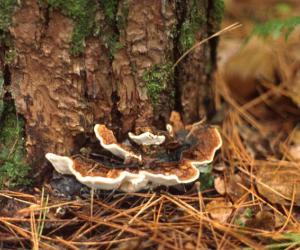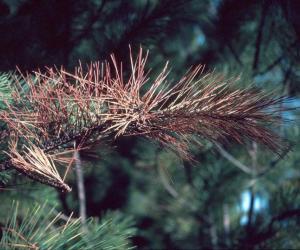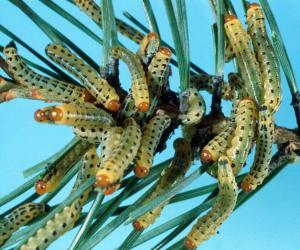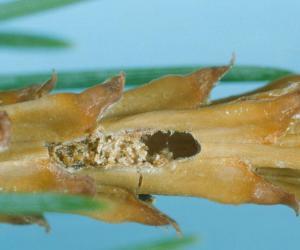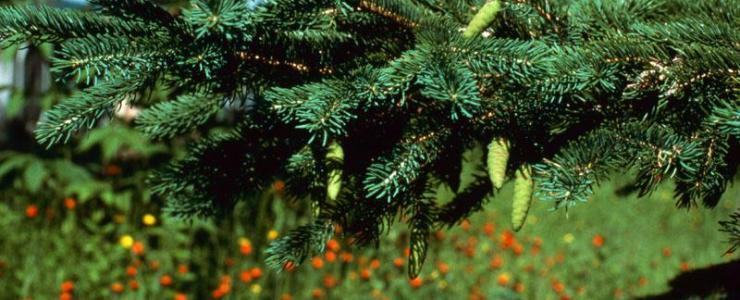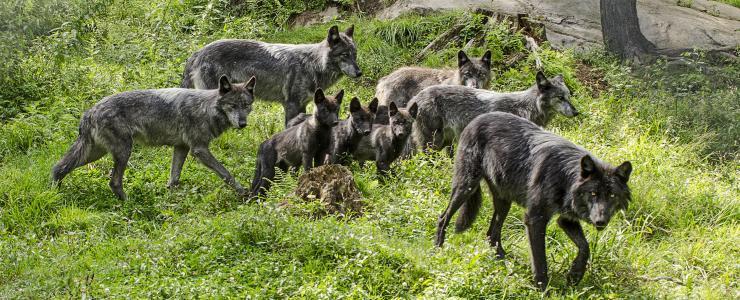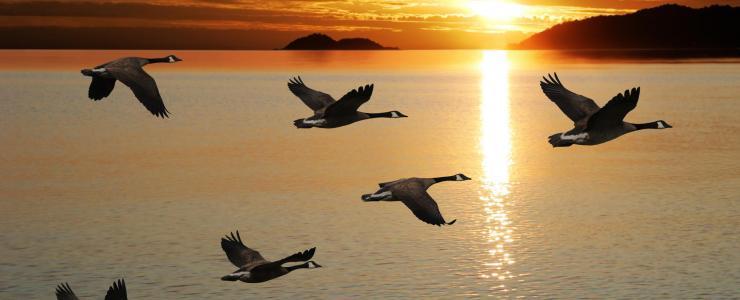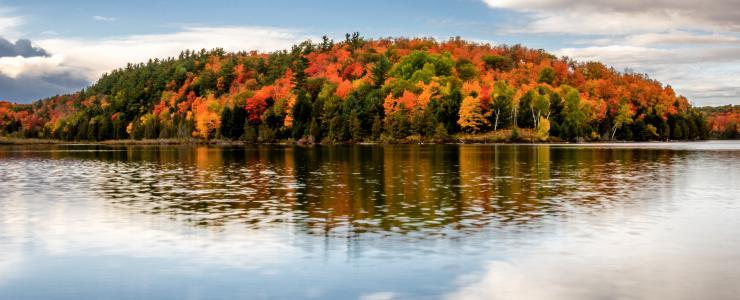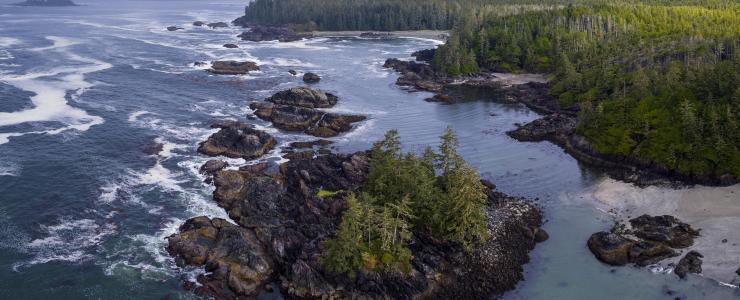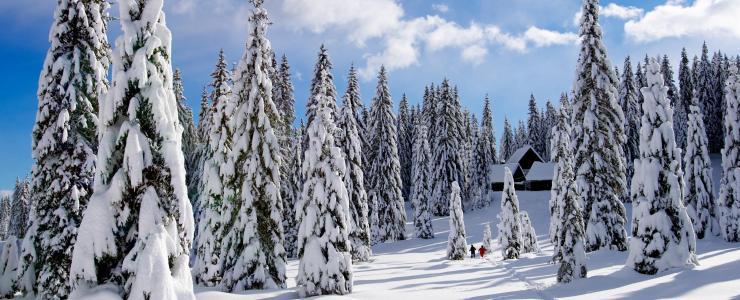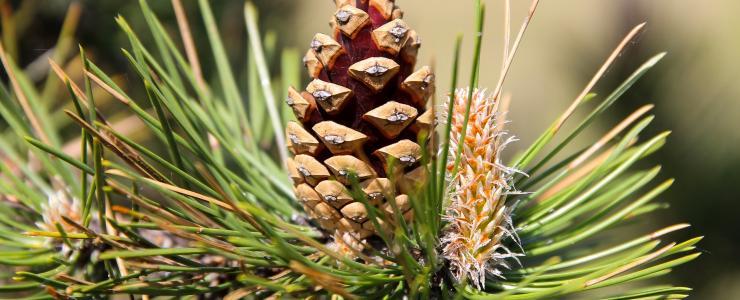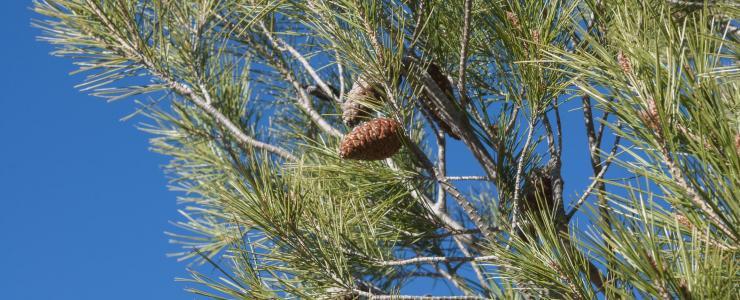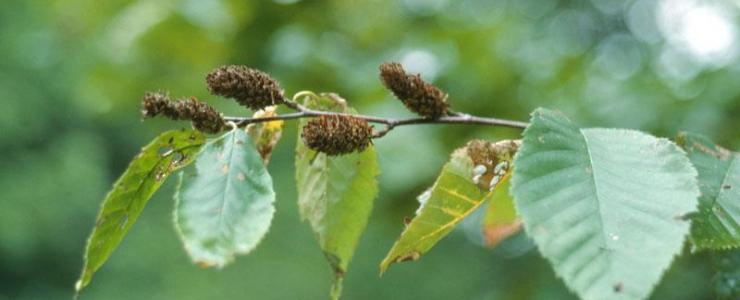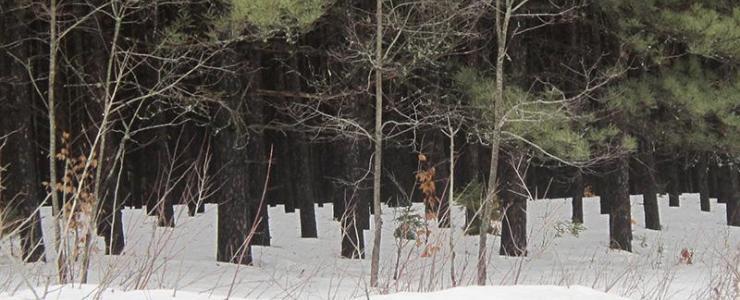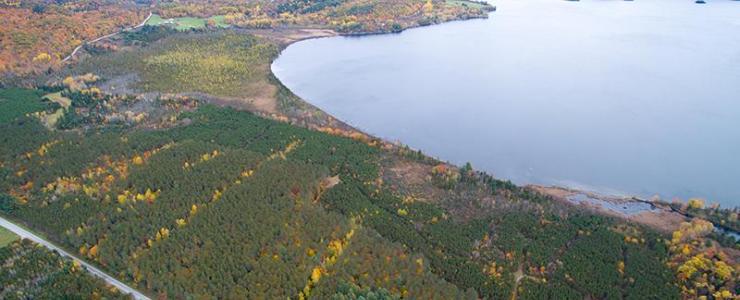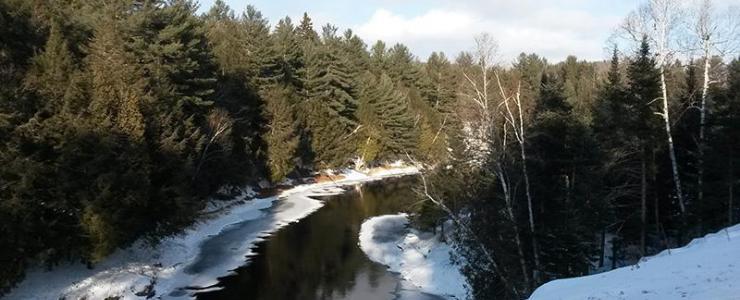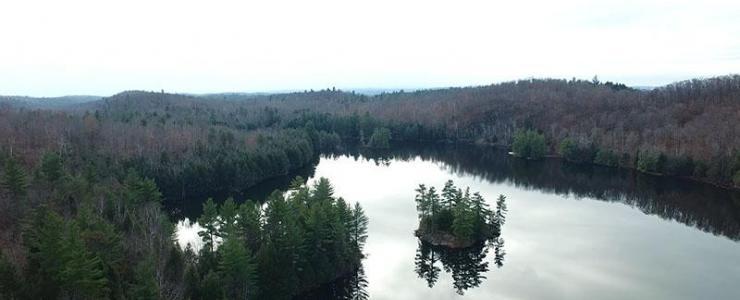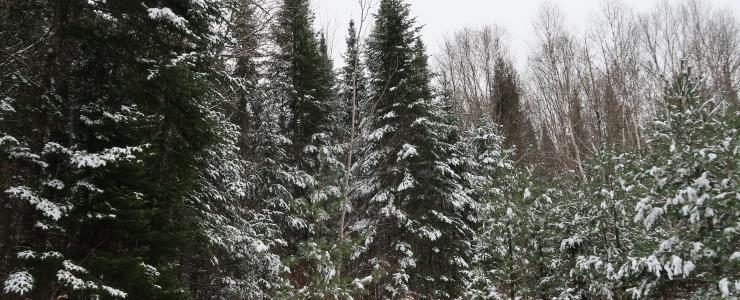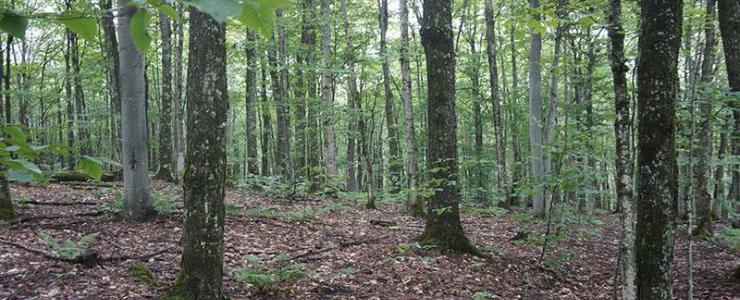Red pine
Recognizing red pine
We recognize red pine by:
- Its scaly red to pinkish bark
- Its dark green needles, which are shiny and fragrant, and found in bunches of two
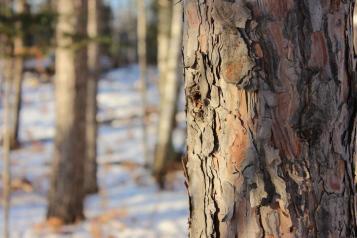
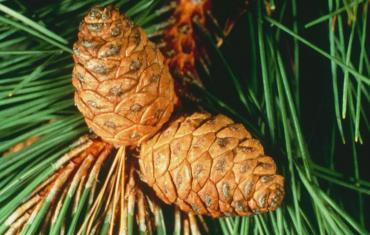
(Cone and needle photo: Natural resources Canada, Canadian forest service)
Sites favored by Red pine
A light-loving species
Soils
Sandy and not very fertile
Root development of the red pine
- Relatively deep and well-spread
- Occasionally with a tap root
- Remains stable in winds
Productivity of the red pine
On the average site, volumes are estimated at 330 m3/hectare at 40 years old, or 8.25Â m3/hectare/year. In a dense plantation on fertile soil, the red pine yield car reach 12Â m3/hectare/year.
In a natural stand, red pine forests can reach volumes as high as 350Â m3/hectare at 50 years old, i.e. 7Â m3/hectare/year.
GROWTH OF RED PINE
- Rapid growth
Red pine wood
Red pine wood is colored and contains more resin. This resin makes it naturally more decay-resistant, an advantage for outdoor use. Red pine is also used for poles to hold up power lines.
It is used in log constructions and the manufacture of various items. Smaller wood pieces are used for various landscaping features.
Health
